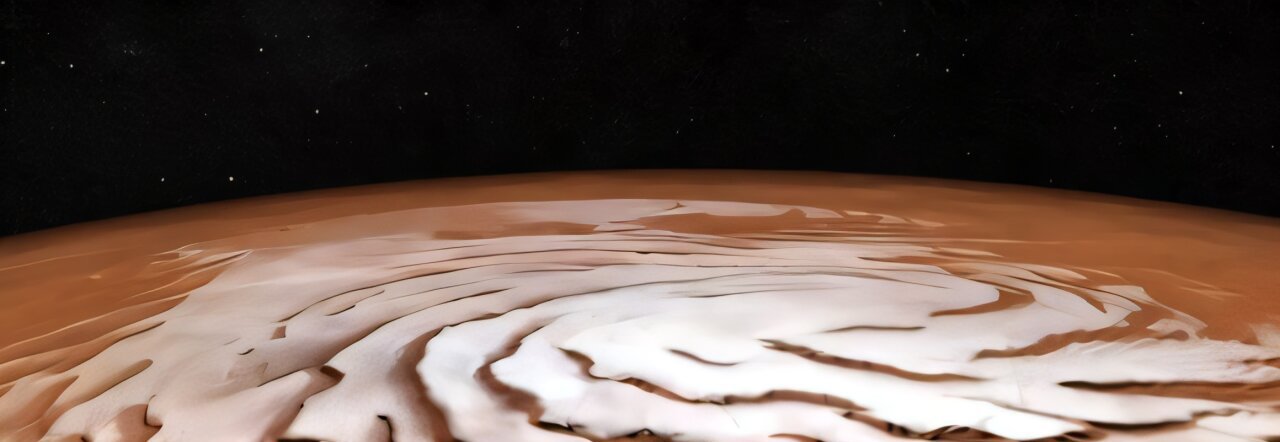
Publications
The ASP reaches out with a wide variety of publications
for amateur and professional astronomers alike
Publications of the ASP (PASP)
PASP - the technical journal of the ASP - publishes refereed manuscripts on astronomical research by scientists worldwide, this year serving authors in 32 countries. PASP continues to expand its impact by providing researchers with more seamless publication and article access. PASP’s publisher, the Institute of Physics Publishing (IOPP), has negotiated an increasing number of agreements with global research institutes to make their work available to PASP on an open-access basis. PASP has also expanded the number of articles that it publishes using an open-access model, allowing for immediate access by researchers all over the world. As open-publishing models become increasingly popular, PASP is excited about the prospect of making the research it publishes available to a wider audience.
Figure 1. Comparison between two different models that correct for how the James Webb Space Telescope (JWST) measures point-like objects to measure their positions and brightness. The first three columns show the results using a default correction, while the last three columns show how an improved model of the telescope illumination can produce improved images. From “High-Precision Astrometry and Photometry with the JWST/MIRI Imager” by Mattia Libralato and collaborators, 2024, PASP 136, 034502.
ASP Conference Series for Professional Astronomers
and Space Scientists
The ASP Conference Series is proud to serve the professional astronomical community through timely and relevant conference and monograph volumes, including The Twelfth Pacific Rim Conference on Stellar Astrophysics, the thirtieth annual volume in the Astronomical Data and Software Systems series ADASS XXXI series, and the proceedings of ASP’s own annual conference. ASP Conference Series articles are available through NASA’s Astrophysical Data System to researchers in over 100 countries around the world, who accessed 385,000 abstracts and almost 59,000 articles in 2024 alone!
Mercury Magazine – taking a pause
For over 50 years, the ASP has proudly published Mercury magazine for its members. In 2023, we introduced a long-awaited digital version as a more interactive, and adaptable subscription-based online magazine featuring the many ways astronomy intersects with society - education, scientific research, art, culture, and history.
As the ASP embarks on an exciting new chapter with a Strategic Plan to guide our future, we are temporarily pausing Mercury's current format. At the same time, we are reimagining Mercury as a dynamic new media platform that will continue to tell inspiring stories about the many ways astronomy intersects with society. We're thrilled about this new direction and look forward to sharing it with you in the near future.
As of March 19, 2025, all existing Mercury website content is now free of subscription fees and available to everyone. Additionally, our complete archive of Mercury issues from 2007 to 2023 will remain accessible and is now fully searchable by date and words for your convenience. We encourage you to explore and enjoy these resources.


